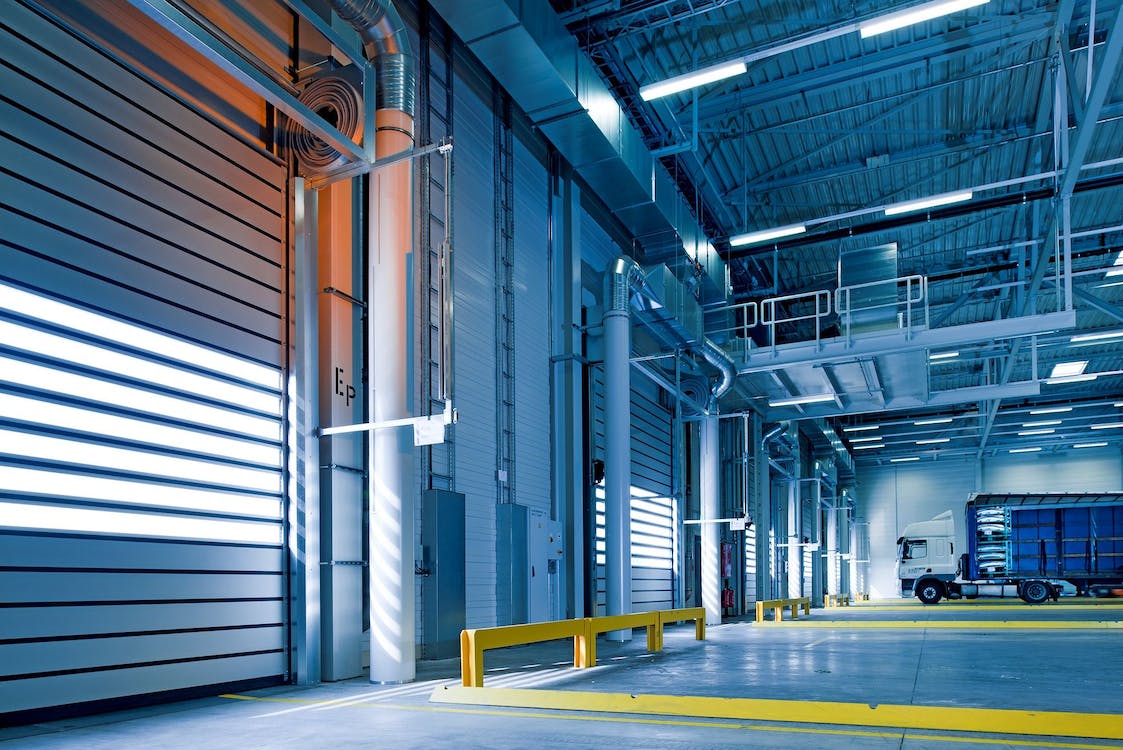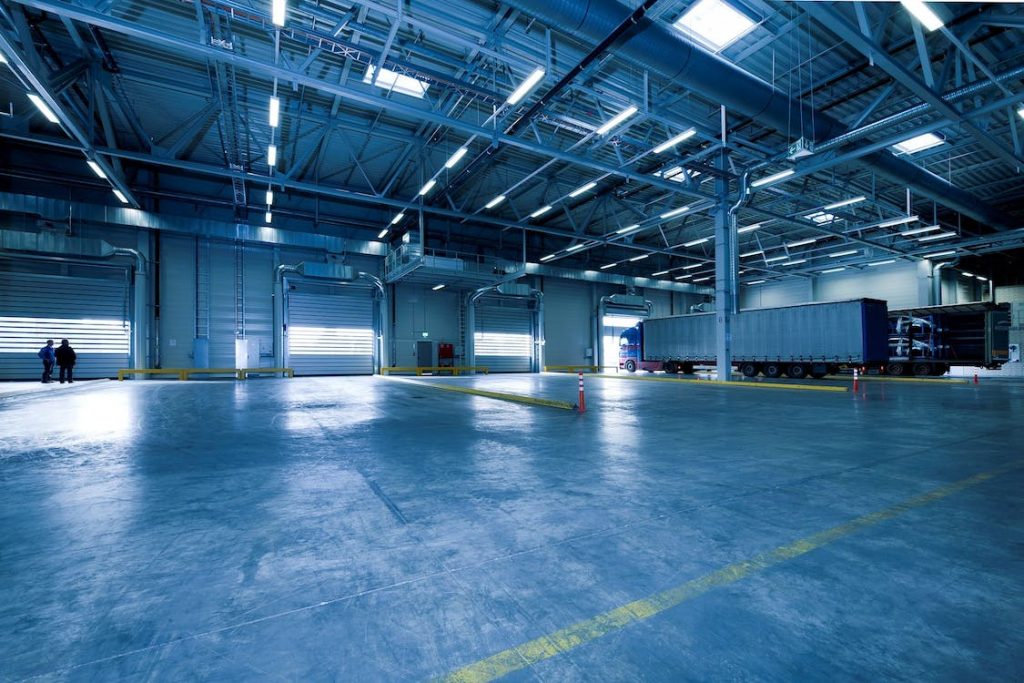Importance of Water Conservation in Modern Buildings Water is one of the most precious resources on our planet, and its

Warehousing is an important pillar of the supply chain model for any firm that depends on the distribution of products from one place to another. A company can either lease or own spaces for its warehousing needs. Nonetheless, the need for efficient warehousing is increasingly becoming more essential in recent years. This surge in demand can be attributed to various factors like e-commerce sales growth, rationalization of warehousing capacity, and higher product return rates.
Temperature control is a major requirement of running a warehouse. For instance, if there is too much heat, the employees can become less productive due to heat stress. On the other hand, if the space is too cold, employees can be exposed to cold-related illnesses. Therefore, it’s important to maintain the proper environment for the warehouse, which will be influenced by various factors including the nature of warehouse inventory.
In this post, we’ll look at some of the smart & more convenient tips you can use when creating an MEP design for warehouses!

Efficient HVAC design tips for warehouses
Although most space in the warehouse is intended for inventory storage, temperature control measures mainly focus on areas that are occupied by people. So, unless the inventory needs temperature regulation like cold storage to prevent perishing, you don’t have to control the temperature in inventory storage spaces. This can be accomplished by zoning to improve efficiency and prevent energy wastage. Specifically, zoning involves sectioning the areas that are occupied by employees and focusing on cooling & heating measures there.
HVAC experts at Innodez recommend using radiant heaters to heat specific zones in warehouses since they use less energy than central HVAC systems. However, zoning isn’t ideal for warehouses with large human traffic. Instead, such spaces require new organizational systems that reduce traffic and bring employees together in a specific space for optimal performance. Alternatively, consider using efficient HVAC Design tips for warehouses such as high-efficient heaters & furnaces or high-powered ACs.
Using natural ventilation in warehouses is a great way to reduce energy bills and improve employees’ health. Also, natural ventilation improves the employees’ productivity & morale and reduces the risk of related health issues by improving the airflow.
The best form of natural ventilation in warehouses is the use of operable clerestory windows and skylights on the roof. This will allow hot air that rises to the roof to escape the warehouse during the hot season, without relying on any mechanical system.
According to the laws of science, cold air settles at the bottom while hot air rises to the top. This approach is commonly used in large warehouses, where it’s known as air stratification. Due to poor airflow in large spaces, stratification in warehouses is quite significant than in smaller spaces. Moreover, this can be a major challenge for heating since all the hot air rises to the top. So, if you don’t take countermeasures, most energy used to heat the warehouse will go to waste.
This is where air destratification comes in! Typically, destratification is the process of mixing cold and hot air, thus pushing the hot air to the bottom. Air destratification can be done through ceiling-mounted fans and high-velocity. Alternatively, you can use air rotation technologies, although they might seem excessive for standard warehouses.
HVAC experts at Innodez recommend using large fans with low speed and high volume instead of many small fans in ventilation for warehouses. This is because a large fan can cover an area of about 20,00 sq ft and provide more ventilation than a smaller fan.
As the name suggests, heat recovery involves recovering existing heat to recycle heat. This aspect of ventilation can either work with indoor or outdoor air. In this case, the cold and heat will be recovered from the air as well as other components inside a warehouse. For instance, you can capture the heat produced by machinery and use it to supplement heat from the heating system in the ware. As a result, your HVAC system will do less work, thus lowering your energy bills.
Heat recovery in warehouses can be done using ERVs (Energy Recovery Ventilators). An Energy Recovery Ventilator regulates the air in the warehouse or conditions outside air before it enters the warehouse.
Containing cold or heat in warehouses is mostly compromised by leaks. Insulation will effectively seal off leaks while improving temperature control. On the downside, this can be a bit difficult due to the size and number of open spaces including doors and windows in the warehouse.
To fix this problem, all functional openings in the warehouse should be lined with high-grade seals. In addition, windows should be replaced with double-pane glazing, while doors should have vinyl strips. On top of that, HVAC experts recommend replacing doors with fast-mechanism doors that open and close quickly to reduce the amount of heat or cold lost to the outside.
Incorporating smart Technology in HVAC design for warehouses
Modern HVAC Design tips for warehouses are more efficient and cost-effective due to new emerging technologies. Smart technology can be used in mechanical design for warehouses in various ways such as;
The roof is one of the main components that make it difficult to condition a warehouse. Plus, it’s a major conductor of heat and cold since it’s a trap for hot air. For instance, the roof absorbs heat in the hot months, thus undermining the efforts to cool the indoor spaces and leading to unnecessary energy wastage.
Luckily, you can avoid this issue by using a cool roof system as it’s designed to keep the heat out. A cool roof system doesn’t absorb too much heat from the sun since it’s made with poor heat conductors and has a high solar reflectance. In addition, it radiates excess heat into the outdoors.
Solar energy is the best alternative clean energy since it’s eco-friendly and conveniently cheap for warehouses with high utility bills. For this reason, most modern, heavy-duty houses are being constructed with transpired solar walls.
A transpired solar wall is a heavy-duty, perforated solar collector wall, which allows it to absorb and store heat from solar rays. At the same time, cold air from outside passes through the perforated wall and is heated as it enters the warehouse’s ventilation system.
The only issue with these walls is that they’re costly to install. Other than that, they’ll significantly reduce your energy bills over time.
As mentioned earlier, you don’t have to air condition the entire warehouse since you’ll need a lot of heaters, yet most of the heat will go to waste. Instead, you should direct the heating units to areas that are mostly used by employees. Even better, you can install a smart sensor in those areas to monitor employees’ movements. When used together with smart thermostats, the sensor will send signals to the HVAC systems about which areas to cool or heat and when to do so.
Final Word
Although cooling and heating a warehouse can be a difficult task, it’s necessary for your inventory and employees’ productivity and welfare. Thankfully, proper HVAC systems will help you maintain proper temperature control in your warehouse. In addition, the above HVAC Design tips for warehouses will significantly reduce energy bills and improve air conditioning efficiency in your warehousing facility!
About Author
InnoDez